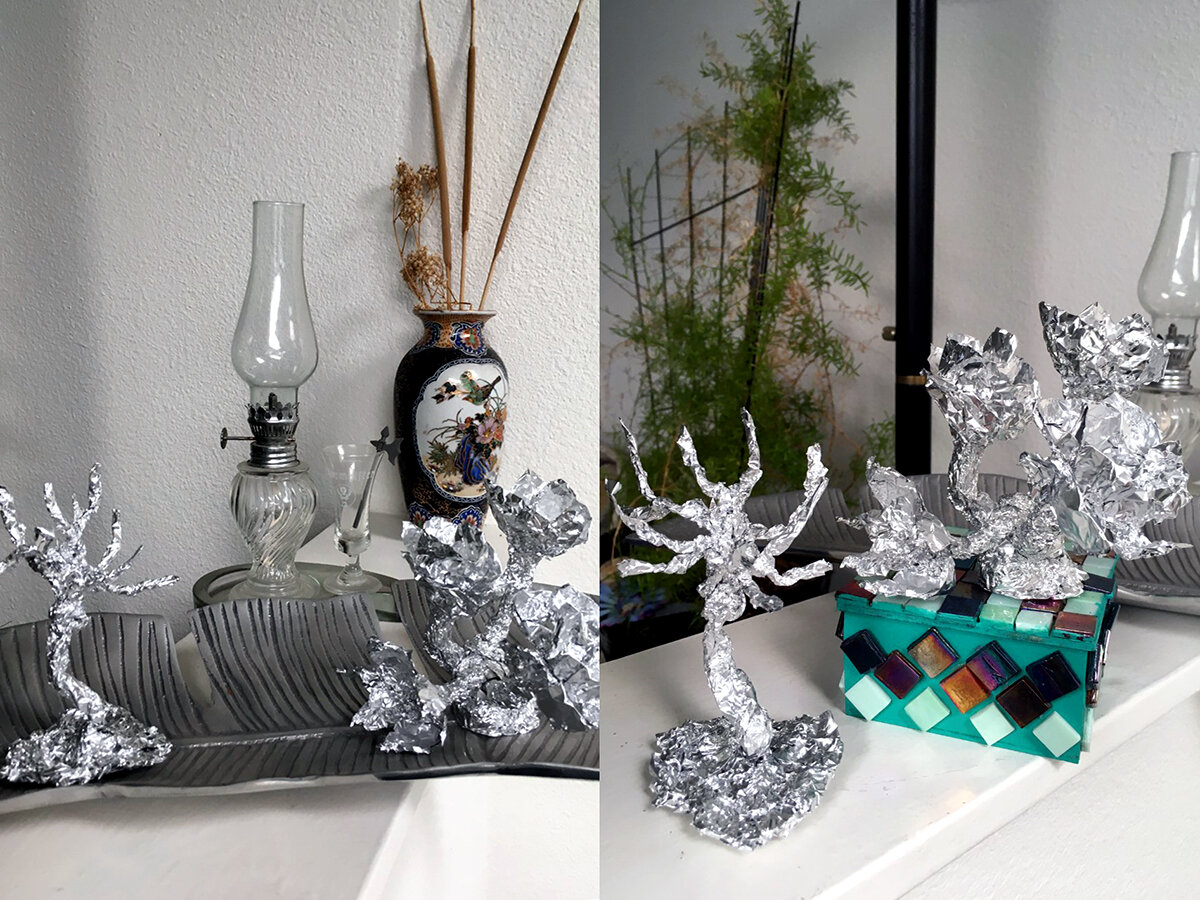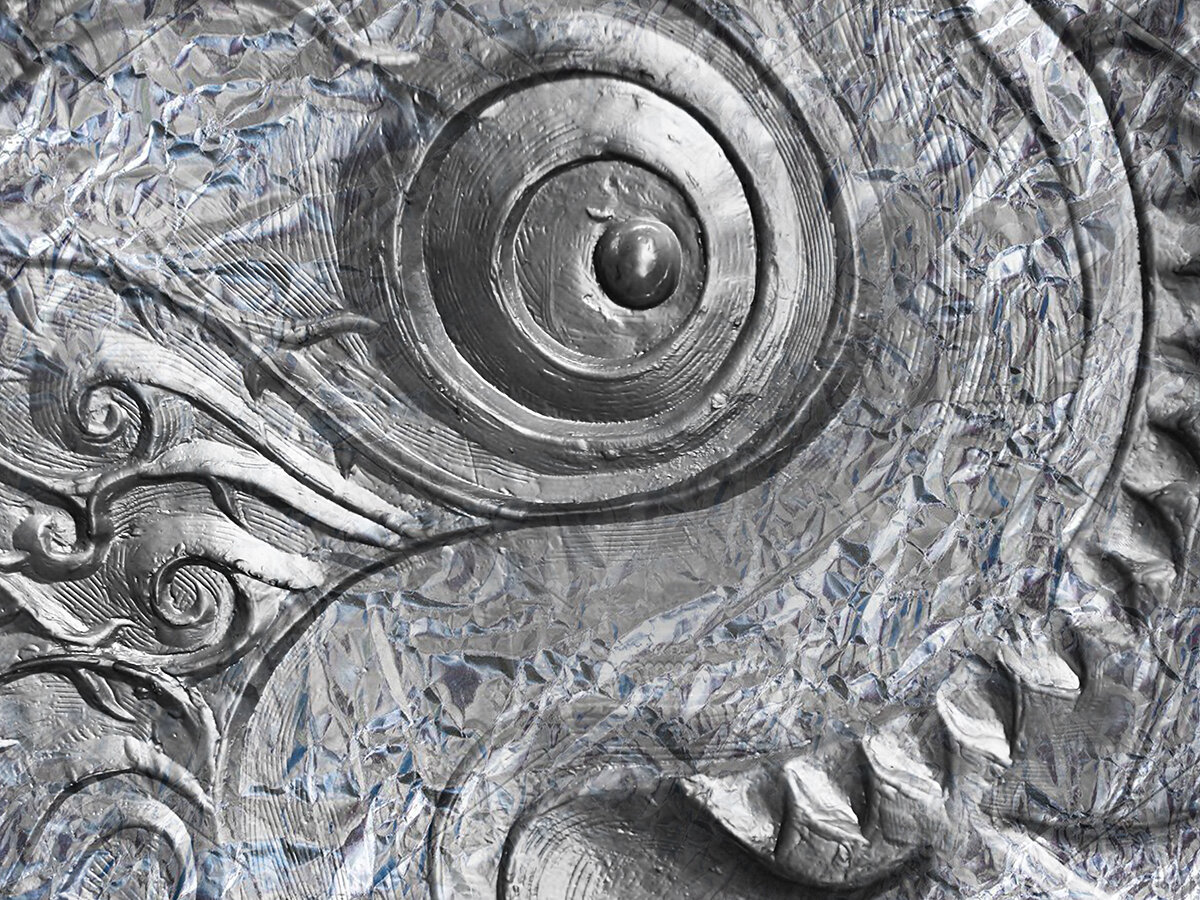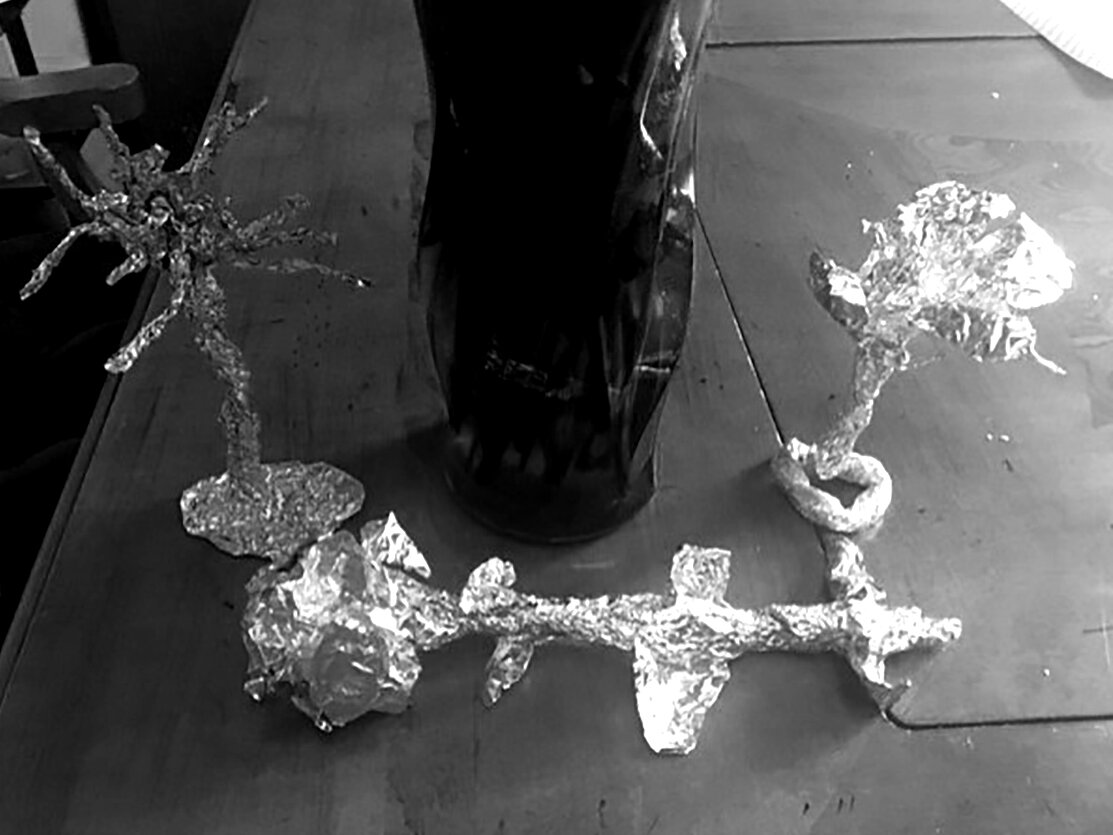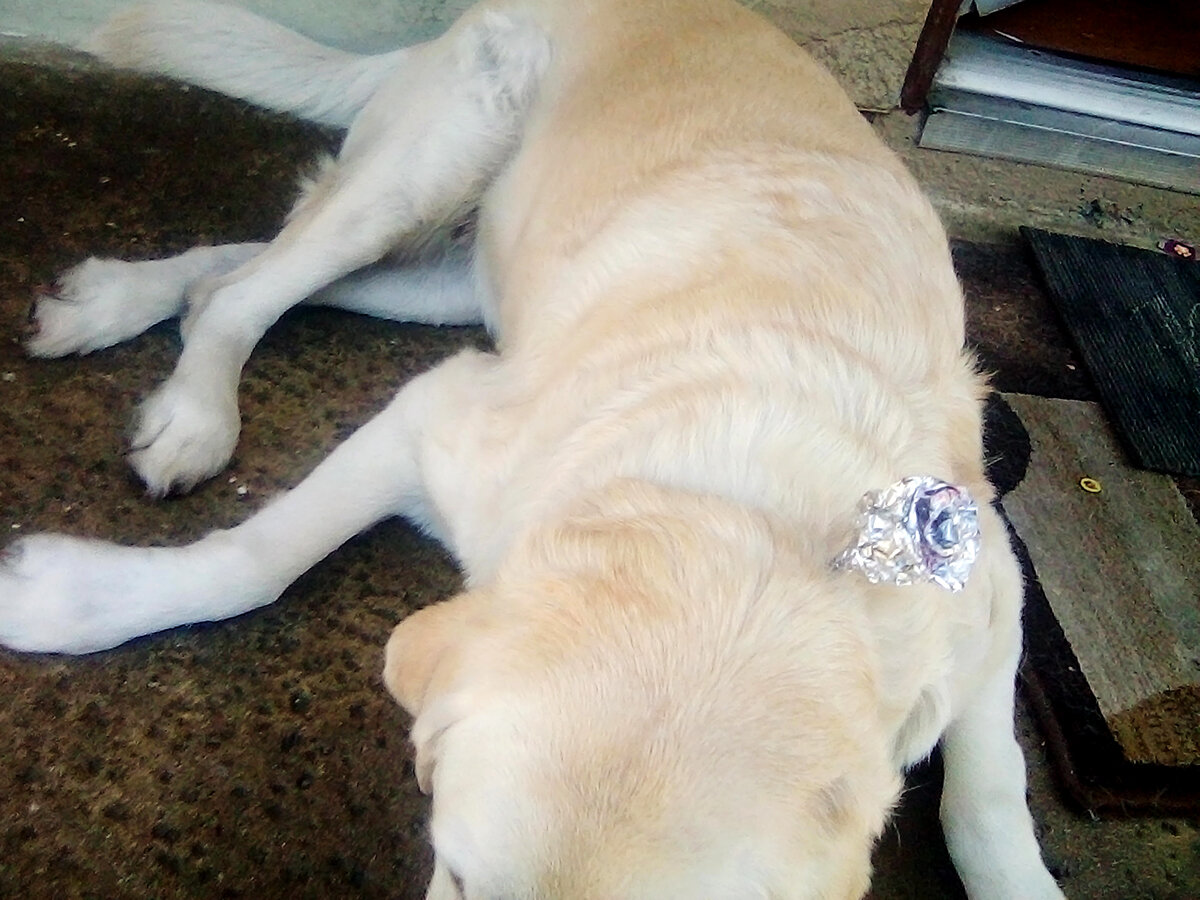Braille Institute Workshop - Botanical Explorations with Tin Foil Art
/I’m grateful to get the opportunity to volunteer and contribute to Braille Institute’s incredible accessible arts programming! We had 24 participants attend the workshop and we all had a great time creating our own gardens of aluminum foil botanicals. I cannot thank Erin Schalk, Art Instructor at Braille Institute, and participating students enough for welcoming me with open arms and making me feel like a part of the Braille Institute family.
The participants learned how to make beautiful sculptures of natural elements using foil and create realistic sculptures of rose, a lily, a palm tree, or similar creations of choice using aluminum foil. They also learned sculpting techniques that can be applicable to a wide variety of artistic media. In addition to creating foil sculptures, the focus of the session was also to have meaningful conversations. Art is a universal therapeutic language, thereby allowing us to destress and form strong bonds with people during the pandemic. Throughout these workshops, we discussed the relationship between humans and their environment and represented personal “growth” through artwork.
I was amazed by the imaginative creations of every participant, and feel fortunate to have formed better connections with people and to become more involved with students at the Braille Institute.
Please find the attached photos of sample student pieces, including a student's guide dog with a foil corsage!





For those interested in creating the tinfoil sculptures themselves, here is a transcript of instructions:
Steps to make a Rose with Aluminum Foil
Grab a rectangular sheet of tinfoil. The size does not need to be precise, but I used one that has a length and width the size of the distance between my elbow and my wrist.
Flip over your piece of foil so that the dull side facing upwards
Point your index finger of your left hand and place it by the bottom left hand corner of the foil. Your finger should be about an inch away from the leftmost side. Place your middle finger below the foil.
Wrap your foil around your index finger. It should form a tube like shape.
Wrap foil around your second finger, forming a tube again.
Do the same Third Finger.
If you have more foil left, continue wrapping around your fourth finger.
Pinch the foil at the end of your longest finger right where your fingers end. Continue pinching away from your left hand until all foil is pinched into a skinny tube except for foil around your fingers. Twist the foil for a tighter tube, which acts as your flower step
You can now take the left hand out.
Now the basic structure of the rose with the bud and the stem is done. The wide part where you removed your fingers serves as the petals and bud. If you like, open each layer of foil inside the bud to give your rose a more open and full shape. The foil may rip as petals come out, but make sure to be gentle so the foil does not tear badly.
Now we are going to make the leaf. Take another small piece foil; I chose a square piece with the length and width of four fingers but this need not be exact.
Take the stem and place it diagonally going from the top left corner of the foil and the bottom right
Fold the foil in half around the stem.
In the place where you made the fold, put your finger inside the foil on the side of the step so the small piece of foil wraps around your finger.
Holding your finger still in the leaf, twist the remaining foil around the stem. Now take out your finger
Steps to make a Palm Tree/Lily with Aluminum Foil
Take a sheet of aluminum foil. The should be roughly the same size as the one you used for your rose
The length of the left side of the foil is how tall your tree is, so position it accordingly. Put the longer side to the left side if you want a taller palm tree, or the shorter side if you want a shorter one
Roll it into a loose cylinder. Then, slowly start pinching loosely it to make a stick. Twist it tightly, but not too tight that the aluminum rips. As you twist, leave at least an inch and a half on the bottom and the top untwisted.
If you are making a LILY, go ahead and twist the bottom. If not, take your palm tree and make it perpendicular to your table facing UP towards your eyes. Gently smush the bottom onto your table to create a base. Then, fiddle around with it until it stands upright. This takes a bit of trial and error, so it's okay if it doesn’t work at first. Now you have made the trunk of the tree or the stem of the flower
Now, take the top and starting from to middle, unravel the foil. Rip the foil away from the center to create leaves. Then, curl the leaves around your finger to create a more dynamic shape and play around with placement and direction. Finally, pull and squish foil upwards from the center to create the center of the tree or lily. If it is a lily, you can use the same leaf technique from the rose to add extra detail.
Congratulations, you are done!
About Braille Institute:
The Braille Institute of America (BIA) is a nonprofit organization providing free programs and services to people with vision loss to no vision since 1919. The organization has headquarters in Los Angeles with seven regional centers: Anaheim, Coachella Valley, Laguna Hills, Los Angeles, Riverside, San Diego and Santa Barbara, as well as outreach programs at more than 200 locations throughout Southern California. It is a member of the Braille Authority of North America.
BIA serves children, youth and adults, with the goal of helping its clients adapt to life with low vision and achieving fulfilling, independent lives. The organization offers instruction in adaptive cooking, home skills, mobility training and staying connected through technology.
Tags:
#tactilceart, #Artfortheblind, #touchart, #visuallyimpaired, #blindartist,, #accessibleart, #artforall, #sensoryart, #BlindandVI, #accessibility, #inclusion, #artmuseums, #artforeveryone, #accessiblemuseum
Art for the visually impaired, Art for the Blind


